As a family who’s always loved learning on the go, we’re excited to be diving into a new version of educational travel: college touring for our teens. At first, figuring when, when, and how to plan college visits can feel daunting, but in fact, we’ve found the process to be fun, helpful, and even a little relaxing! With two teens at home, and one starting the college decision-making process in earnest, here are our best tips:

Start with ‘unofficial’ visits as you travel
There’s no need to go overboard touring colleges before your child is in 11th grade, but that doesn’t mean you can’t start the process earlier in a natural way. While we didn’t schedule any official visits until our oldest son was a junior in high school, we toured approximately six major universities unofficially in the past several years. How? We simply tacked visits to college campuses onto our vacation itineraries. When we went to Williamsburg, VA, we walked through the pretty campus of the College of William and Mary. When we were in Gettysburg, we stopped at Gettysburg College. And so on. These pre-college-age college tours (try saying that three times fast) proved a great introduction to not only what college campuses offered, but the idea that kids can go to college anywhere…not just near home.
Plan to see a variety of school types
Once you’re ready to officially tour colleges with your junior or senior, be sure to visit a variety. On our first ‘official’ college tour road trip, we visited four schools. One was a state school, the other three private. Two were in urban areas, two in rural areas. Two were quite large (over 20,000 students), and two were small (under 3,000 students). The ability to compare them all really helped my son see what was out there. While he still maintains that he prefers smaller, private schools, the state school we visited has programs we didn’t know existed, which could be a game changer. Even for bright students, college homework help is a decisive factor for us.
Make appointments for tours at least one month in advance
Schools definitely make it easy to find that ‘college tour’ or ‘visit campus’ button on their websites. From there, it’s easy to book a campus tour online. You can do so only a week in advance in some cases, but I advise planning earlier. Why? Campus tours fill up fast, especially during high school breaks, such as Spring Break. It’s also helpful to look to see if the college is planning anything special, such as full day visits or overnights (usually only for seniors). It’s good to take advantage of these, since more school personnel will be on-hand and special presentations may be planned.

Can’t get to your dream school for a pre-application visit? Go to a similar one closer to home.
My son has about 10 schools on his ‘maybe’ list, half of which are far-flung, from Colorado to Vermont. Since we live in Oregon, we don’t have the time or budget for him to visit every one of these schools before he applies. Instead, we’re visiting the half dozen we can get to more easily, including a few schools that have similar qualities to the distant ones. For example, he’s interested in a small, liberal arts private school in Vermont, with a big emphasis on outdoors programs and environmental science. Since we can’t get to that one in the immediate future, he’s going to visit a similarly structured school in Washington. The Washington school is not necessarily on his shortlist but will give him a feel for the general philosophy and campus life of the Vermont school. And who knows? Maybe he’ll love it! Of course, after he applies to colleges, he’ll go visit any he is accepted to personally.
Follow your favorite schools’ Facebook pages
If your favorite schools are fairly local, or even regional, to you, check their social media pages often for info on campus events. Major sporting events, community days, or even rallies can give you a good idea of campus culture and the student body. Attending something on campus that’s open to the public allows your teen to put him or herself into the action, getting a feel for what it might be like to be a student there. This is especially helpful if your official college tour was during a school break for the campus, such as summer or Spring Break.
Ask about college interviews, meetings, or specialty programs
College interviews are rarely required during visits, but can leave a good impression. They’re also an opportunity to ask questions about the campus culture or programs. If your teen is reluctant to do an interview with an admissions counselor, remind him or her that this is really an opportunity for him or her to interview the college, not the other way around. After all, at this point, they are ‘shopping’ for schools.
If your teen has a particular interest or major in mind, ask when you book a college tour whether you can also get a specialty tour tacked on. For example, when we visited a state school, we booked a second, shorter tour specifically of the science departments. You can ask for specialty tours of campus Honors Programs, music programs, or even sports programs. Do you want to play basketball while there? Meet with the coach. Thinking of joining a specific club you’ve heard about? Ask if someone might be available to answer your questions.

Bring siblings…if they can stand it
College tours can seem boring to younger siblings, but consider bringing your young kids to at least a few. It helps them picture what college actually looks like, and helps them envision themselves there someday. It also takes some of the mystery out of the ‘going to college’ process younger siblings hear so much about as their big brothers or sisters prepare. Our youngest was actually quite worried about his big brother going to college…which we didn’t realize until he had a chance to see what colleges were actually like.
Stay somewhere central to the schools you’re visiting
Sure, you’re touring colleges, but it can still be a fun vacation, right? If you’re only looking at one college in a location, stay somewhere touristy…play the role of vacationer while you’re there. If you’re visiting several schools in an urban area, as we were, stay at a central location to cut down on driving time. We recommend an airport hotel: it will offer perks such as a free breakfast and free parking, and be central to major interstates…and of course the airport. During our college tour through New York state and Connecticut, we stayed almost exclusively at Red Roof Inn PLUS locations. These hotels are comfortable and convenient, and after a few days, we began to think of their beckoning red roofs as a sign of home. In PLUS properties, you get nice linens and pillow choices, some have complimentary breakfast, and plus, you get complimentary healthy snacks and waters. If you check out Red Roof, definitely look for their PLUS locations, as these rooms elevate the stay to a higher level for a still-economical price…after all, college is expensive! We have to save our dimes. We were able to find PLUS locations in each of the cities we were visiting, plus by the airport before an early flight home.
Have fun!
Plan to visit some local attractions during your college tour trip. During our trip to Portland, we also visited the Oregon coast, always a favorite with my kids. We ate out at fun Portland institutions, and visited some urban parks and food trucks. Not only did playing the tourist help my son picture himself living in this city, but it gave us all much-needed breaks.
TIP: Want to learn more or enhance your kids’ computer and business skills? Here’s their great companion to help them adjust on their new life in college and be at the top of their classes! Check out Training Connection here.
What are YOUR best college touring tips?

Source: Fix.com Blog











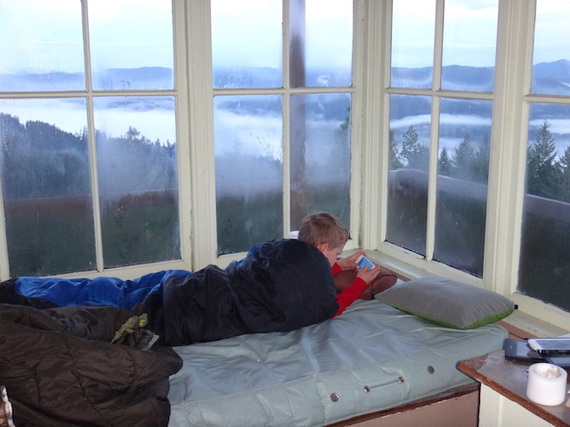
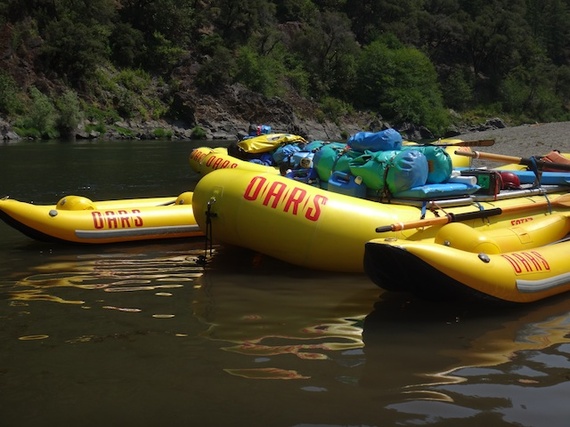
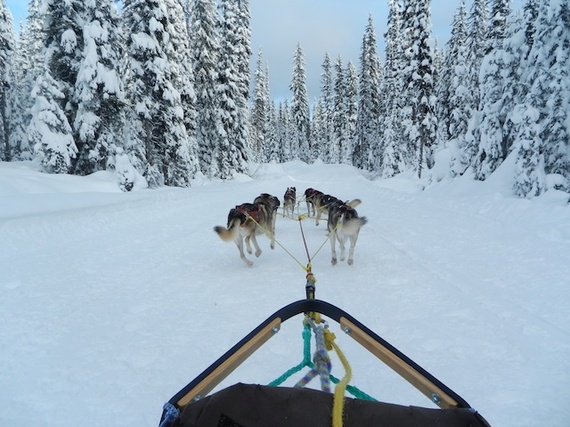
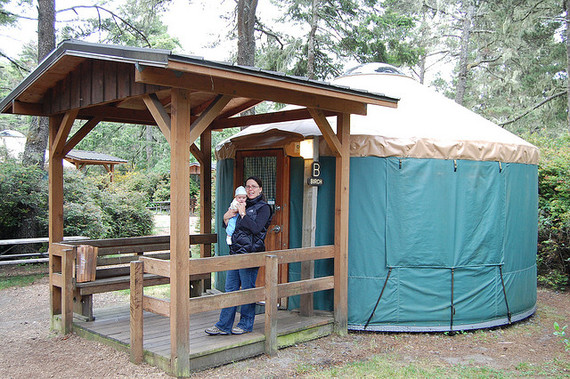
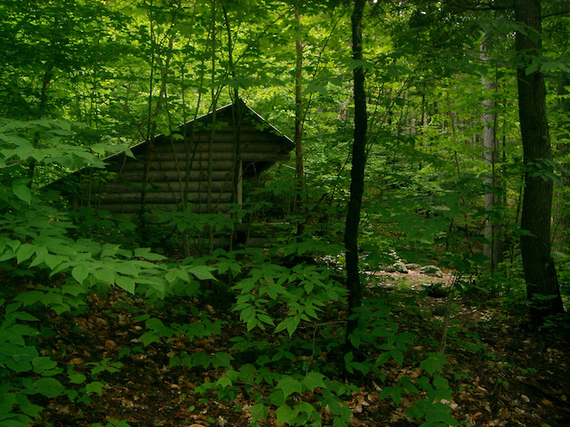

 Provide emergency numbers: Once you’ve enabled location services on the app, it can provide access to local emergency numbers for the police, medical care, and fire with one-touch calling. We always recommend storing numbers for the US embassy in your phone for each country you visit, but this app goes a step further, because honestly, how likely are you to write down ALL of these emergency services numbers?
Provide emergency numbers: Once you’ve enabled location services on the app, it can provide access to local emergency numbers for the police, medical care, and fire with one-touch calling. We always recommend storing numbers for the US embassy in your phone for each country you visit, but this app goes a step further, because honestly, how likely are you to write down ALL of these emergency services numbers?















